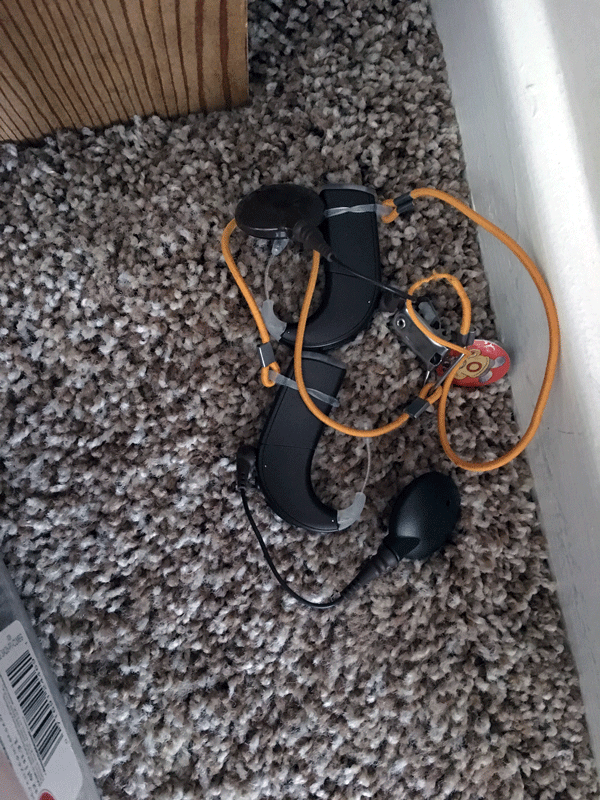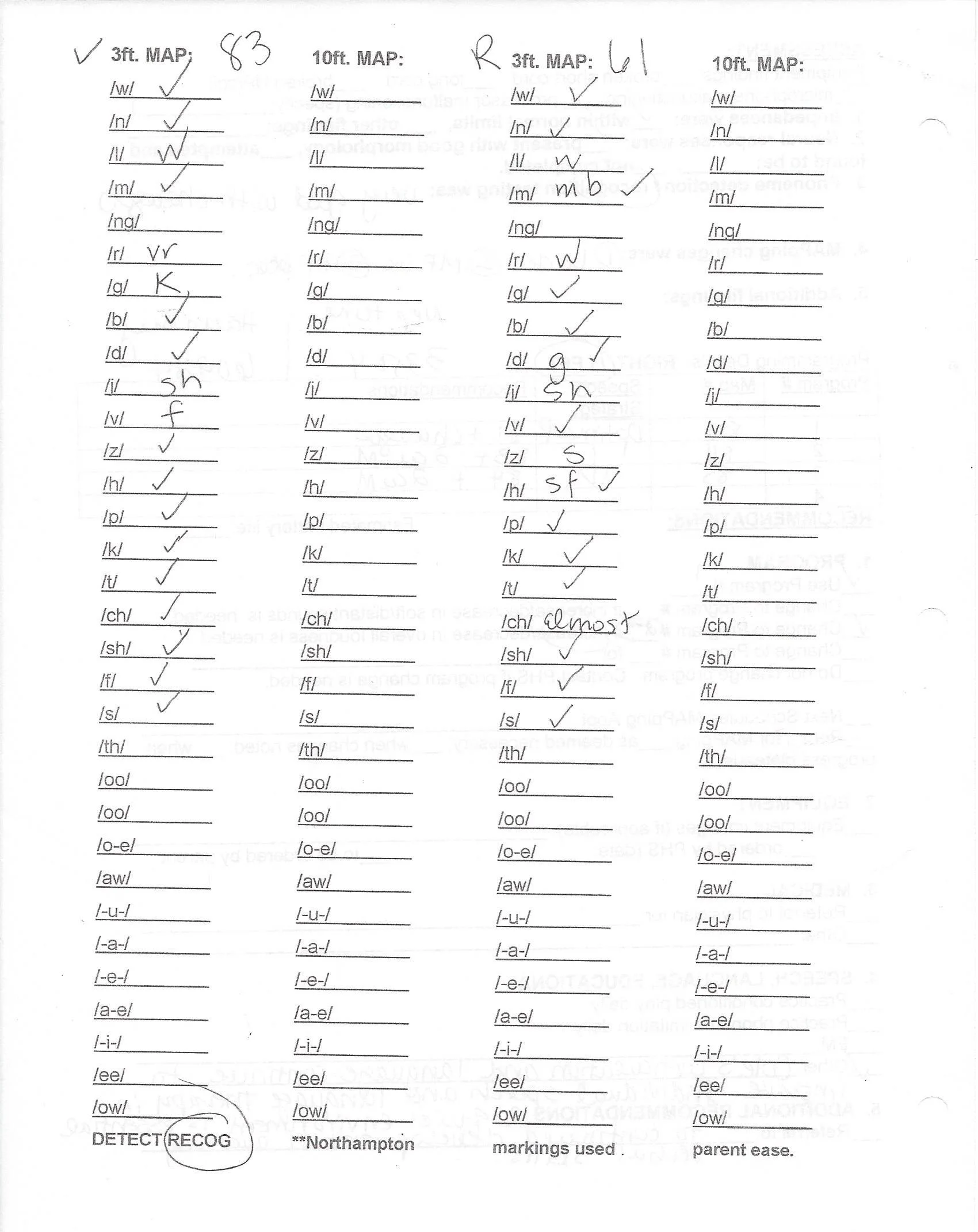Why My Child Won't Wear Their Cochlear Implant Processors?
As parents of a child with cochlear implants, nothing prepared us for the moment our son refused to wear his processor. It was frustrating, heartbreaking—and eye-opening.
Our journey began with hope. Our son was implanted at around 12 months old and responded well after activation. He worked with an AVT (Auditory-Verbal Therapist) weekly and was making progress. But over time, our AVT noted that he wasn’t hearing specific consonant and vowel sounds—like /p/ or /s/. She suggested we visit our audiologist to adjust his “map.”
The Re-Mapping Rollercoaster
Each visit to the audiologist involved connecting his processor to a computer and repeating sounds—usually /ba/, /ba/, /ba/—to gauge his responses. Then the audiologist would tweak his settings.
This cycle went on for months.
The problem? It never seemed to help. Our AVT continued raising concerns. And eventually, our son started throwing off his headpiece every time we put it on. He didn’t have the words to explain why—but his behavior made it clear: something was wrong.
A Misdiagnosed “Behavior Problem”
We returned to our audiologist again—this time with a manufacturer rep present. Diagnostics revealed nothing wrong with the equipment. The advice? Keep the headpiece on and consider a headband. They suggested it might just be behavioral.
But our son was becoming more frustrated. He stopped responding to therapy. We started to worry it was more than just hearing loss.
A Second Opinion Changed Everything
Thankfully, our AVT referred us to a new audiologist—one with deep experience in pediatric cochlear implant cases. We explained everything: the mapping history, the behaviors, the refusal.
She ran her own tests. Then, gently but clearly, she said:
“There’s nothing wrong with your child—or the equipment. The problem is the map.”
Her analogy hit us hard: “Imagine driving through the mountains with the radio volume cranked all the way up, filled with static. That’s what your son was hearing.”
We felt awful. All those times we insisted he wear it, assuming he was just being difficult—he was overwhelmed.
A New Approach: Smarter Mapping
This audiologist took a different approach. She and her colleague used a variety of speech sounds—not just /ba/—to check responses: /s/, /oo/, /ah/, /p/, /t/, and more. And after remapping?
Our son smiled. He was calm. He wore the processor with no complaints. Just like that, everything changed.
What Every Parent Should Know
If your child refuses to wear their cochlear implant, don’t assume it’s just a behavior issue. Behavior is often the only way a child can express discomfort or overstimulation.
Here are key tips based on our experience:
Observe behavior carefully. Refusing to wear a CI may signal mapping issues, equipment discomfort, or even something as simple as magnet strength being too high.
Work closely with your AVT and audiologist. Share feedback from therapy sessions and home observations.
Seek a second opinion. If your current audiologist isn’t using a variety of speech sounds to test mapping—or dismisses your concerns—don’t hesitate to find someone more experienced.
Do quick daily checks. Say different vowel and consonant sounds and see how your child reacts. Use this info to guide your next appointment.
Final Thoughts
Looking back, we feel we unknowingly made our child suffer through overstimulation—and we never want another family to go through the same.
Please, if your child is struggling with their cochlear implant, advocate for them. Listen not just with your ears, but with your heart—and trust your instincts.



